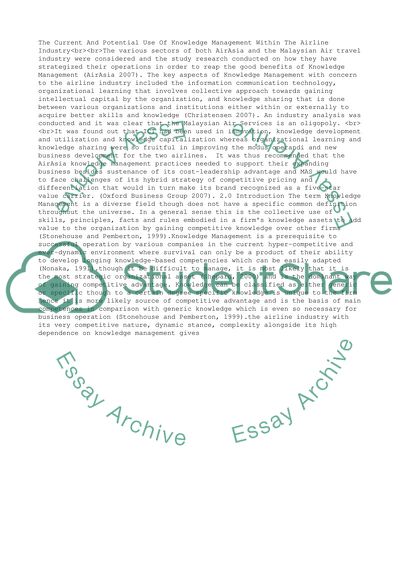Cite this document
(“The Current And Potential Use Of Knowledge Management Within The Essay”, n.d.)
Retrieved from https://studentshare.org/business/1398613-knowledge-management
Retrieved from https://studentshare.org/business/1398613-knowledge-management
(The Current And Potential Use Of Knowledge Management Within The Essay)
https://studentshare.org/business/1398613-knowledge-management.
https://studentshare.org/business/1398613-knowledge-management.
“The Current And Potential Use Of Knowledge Management Within The Essay”, n.d. https://studentshare.org/business/1398613-knowledge-management.


